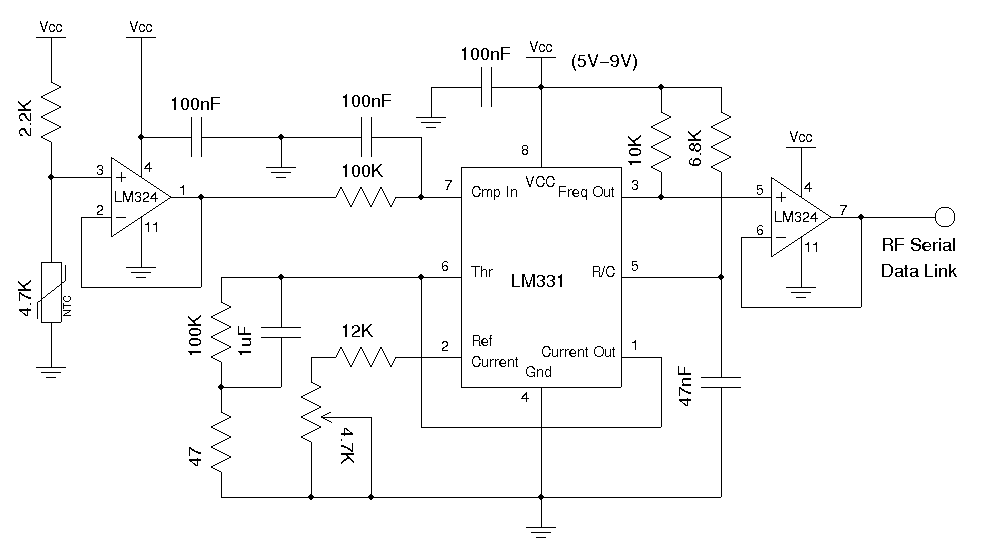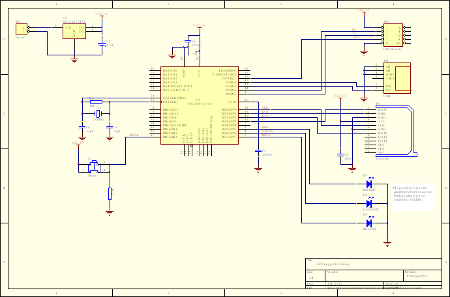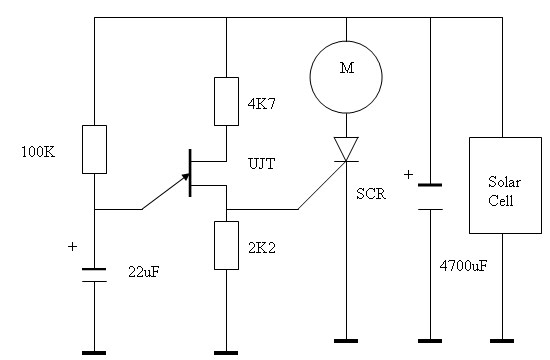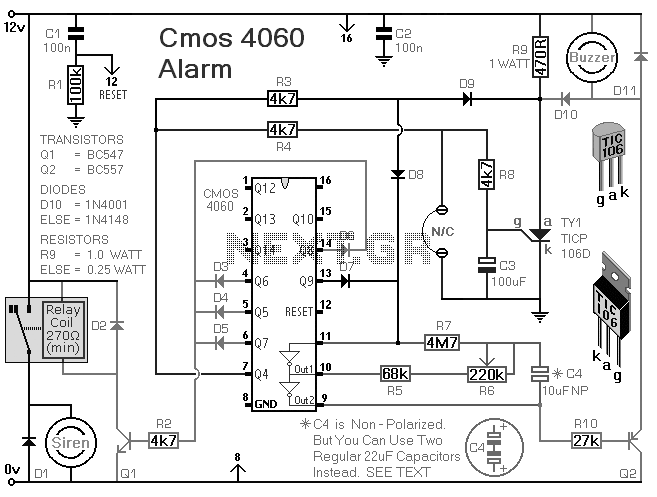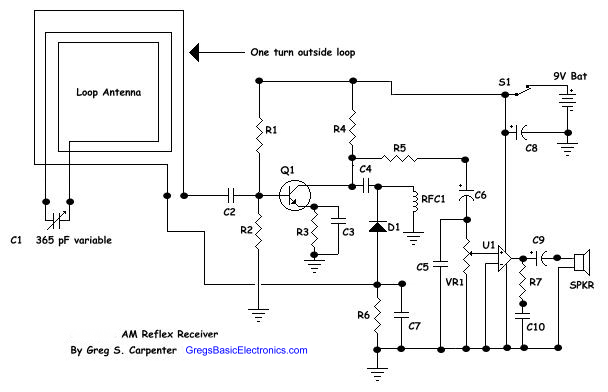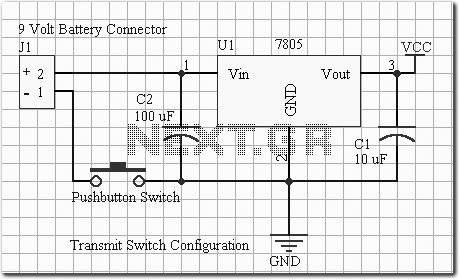
Tips/comments for upcoming 300B build
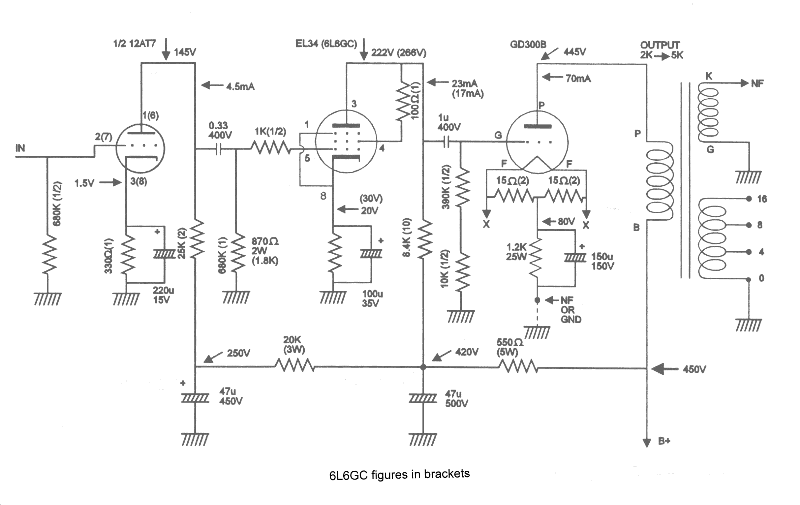
After extensive reading and discussion, plans have been finalized for the construction of a single-ended 300B integrated amplifier. The circuit...
The single-ended 300B integrated amplifier is a popular choice among audiophiles due to its warm sound and high fidelity. The core component of this amplifier is the 300B vacuum tube, known for its ability to deliver rich harmonic content and a smooth audio experience.
The circuit typically consists of a power supply section, a driver stage, and an output stage. The power supply provides the necessary high voltage and filament current for the 300B tubes, usually employing a transformer to step down the mains voltage. Capacitors are used for filtering to ensure stable and clean power delivery, minimizing noise and ripple.
In the driver stage, a small signal tube, such as a 6SN7 or 12AX7, is used to amplify the input signal before it reaches the output stage. This stage may include coupling capacitors to block DC while allowing AC signals to pass through, ensuring that only the audio signal is amplified.
The output stage consists of the 300B tubes configured in a single-ended topology. This configuration allows for a direct connection between the anode of the tube and the loudspeaker, providing a pure and uncolored sound. Output transformers are used to match the high impedance of the tubes to the lower impedance of the speakers, ensuring efficient power transfer.
Feedback may or may not be implemented in the design, depending on the desired sound characteristics. Negative feedback can improve linearity and reduce distortion, while a lack of feedback can enhance the amplifier's warmth and musicality.
Overall, the design of a single-ended 300B integrated amplifier combines thoughtful component selection and circuit layout to achieve a high-quality audio performance, making it a favored choice for those seeking a rich listening experience.After much reading and discussion, I think I`ve settled on the plans for an upcoming build for a single-ended 300B integrated amplifier. The circuit.. 🔗 External reference
The single-ended 300B integrated amplifier is a popular choice among audiophiles due to its warm sound and high fidelity. The core component of this amplifier is the 300B vacuum tube, known for its ability to deliver rich harmonic content and a smooth audio experience.
The circuit typically consists of a power supply section, a driver stage, and an output stage. The power supply provides the necessary high voltage and filament current for the 300B tubes, usually employing a transformer to step down the mains voltage. Capacitors are used for filtering to ensure stable and clean power delivery, minimizing noise and ripple.
In the driver stage, a small signal tube, such as a 6SN7 or 12AX7, is used to amplify the input signal before it reaches the output stage. This stage may include coupling capacitors to block DC while allowing AC signals to pass through, ensuring that only the audio signal is amplified.
The output stage consists of the 300B tubes configured in a single-ended topology. This configuration allows for a direct connection between the anode of the tube and the loudspeaker, providing a pure and uncolored sound. Output transformers are used to match the high impedance of the tubes to the lower impedance of the speakers, ensuring efficient power transfer.
Feedback may or may not be implemented in the design, depending on the desired sound characteristics. Negative feedback can improve linearity and reduce distortion, while a lack of feedback can enhance the amplifier's warmth and musicality.
Overall, the design of a single-ended 300B integrated amplifier combines thoughtful component selection and circuit layout to achieve a high-quality audio performance, making it a favored choice for those seeking a rich listening experience.After much reading and discussion, I think I`ve settled on the plans for an upcoming build for a single-ended 300B integrated amplifier. The circuit.. 🔗 External reference
